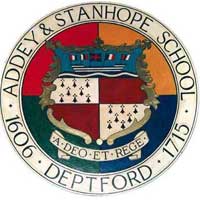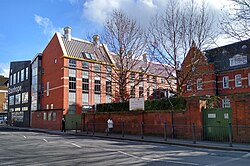The Stanhope School also published rules for both parents and pupils to follow while attending the School: 1 January 1814
Rules for the Guidance of Parents, Relations, & Friends
They are to send their children regularly to School, clean, washed and combed, a quarter before nine in the morning, and a quarter before two in the afternoon, precisely. On Sundays, they are to send them before they proceed to Church, a quarter before ten in the morning, and a quarter before two in the afternoon, precisely. They are not to detain them from School, or Church, except from sickness, or with leave. – In case of sickness, immediate information must be given. They are not to take their children from the School without one month's previous notice. The cloaths, &c. are to be immediately returned on the removal or dismissal of any child: security to that effect must be given by parents, relations, or friends. They are not to interfere with the discipline of the school. Parents, relations, and friends, are expected to instill into their children the principles of gratitude, obedience, and submission. N.B. No child having an unseemly appearance, a cutaneous eruption, or infectious disorder, will be admitted into the School.
Rules to be observed by the Children
They must go directly to and from the School in an orderly manner. They must take the greatest care of their cloaths, caps, books, &c. and never appear in the Streets dirty or ragged. They must pay every proper and due respect to their Benefactors, Elders, and Superiors, whether passing them, or meeting them in the Streets. They are never allowed to appear in the Streets but in the uniform dress allowed them by the Trustees. The Boys are to be on the Muster Ground, precisely at the times appointed, otherwise they will lose their call.
Children are not to take God's Name in Vain; to swear, to lie, to steal, to cheat, to play truant, or to throw stones. For misbehaviour at Church, they will invariably be punished. [8]





